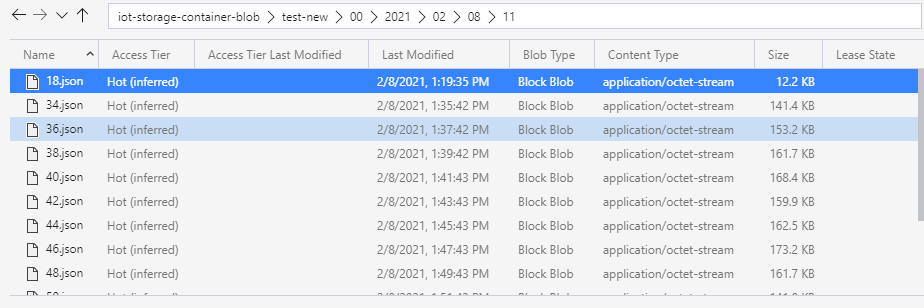@AhmedAssad-8581 Sorry for the delay in response. As mentioned earlier, The default file name format is {iothub}/{partition}/{YYYY}/{MM}/{DD}/{HH}/{mm}. The format must contain {iothub}, {partition}, {YYYY}, {MM}, {DD}, {HH}, and {mm} in any order.
As an alternative, to customize the filename format, you can write an Azure Function which triggers for new IoT hub messages and store the data in an Azure Blob Storage Container.
I would suggest you go through the documentation on How to use Azure Functions with IoT Hub message routing and Azure IoT Hub bindings for Azure Functions for more details. Please let us know if you need further help or any queries.

